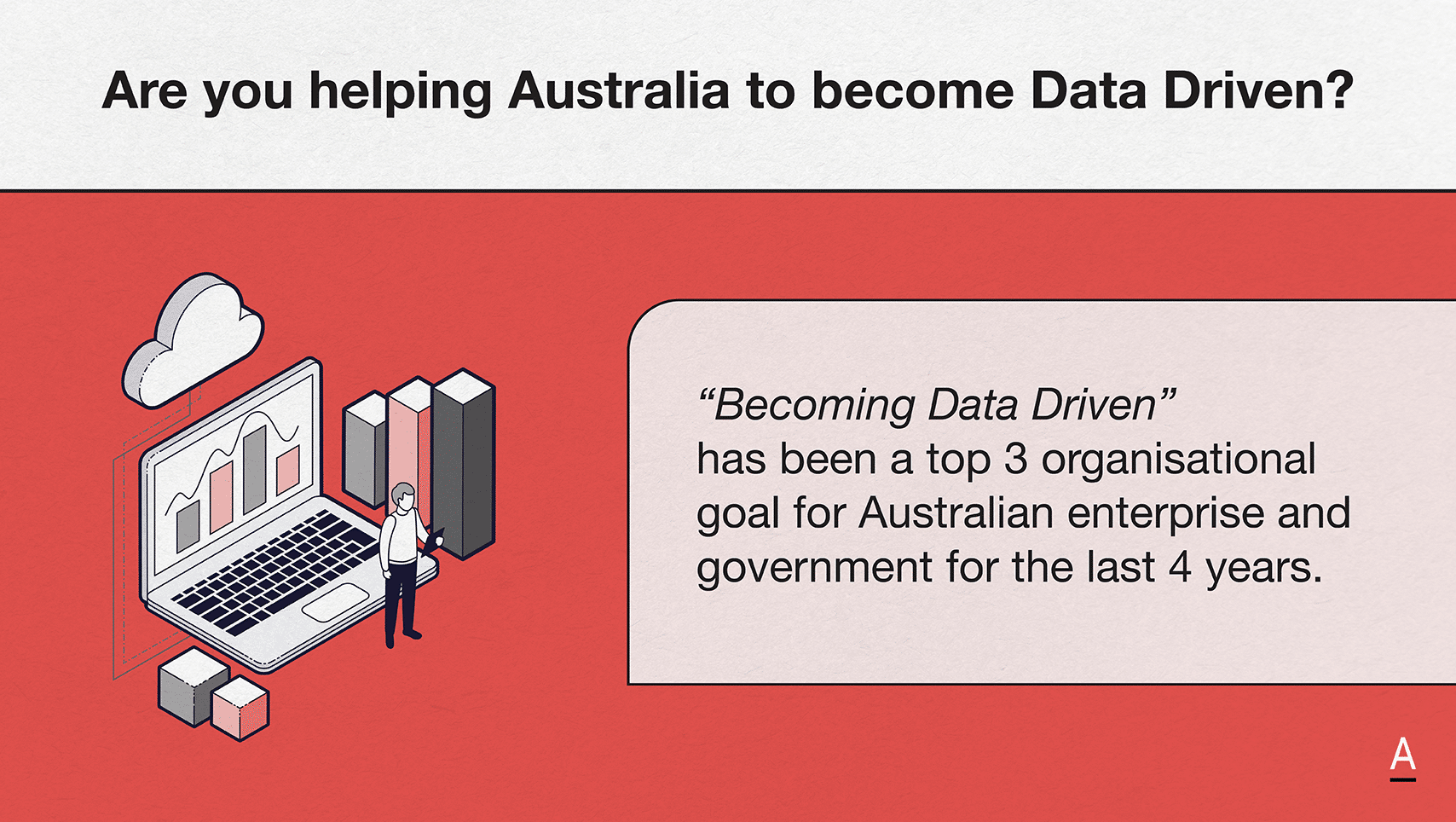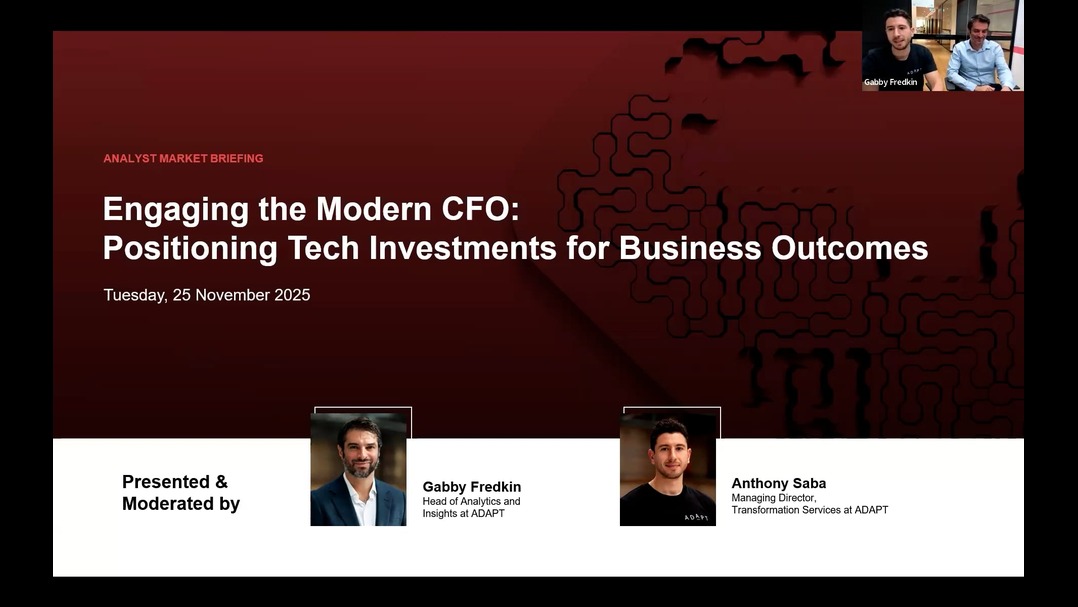How tech vendors can support government in modernisation, security, and digital services
Modernisation, security, and digital services are reshaping government. Vendors must address data gaps, legacy systems, and cloud costs with practical, scalable tools.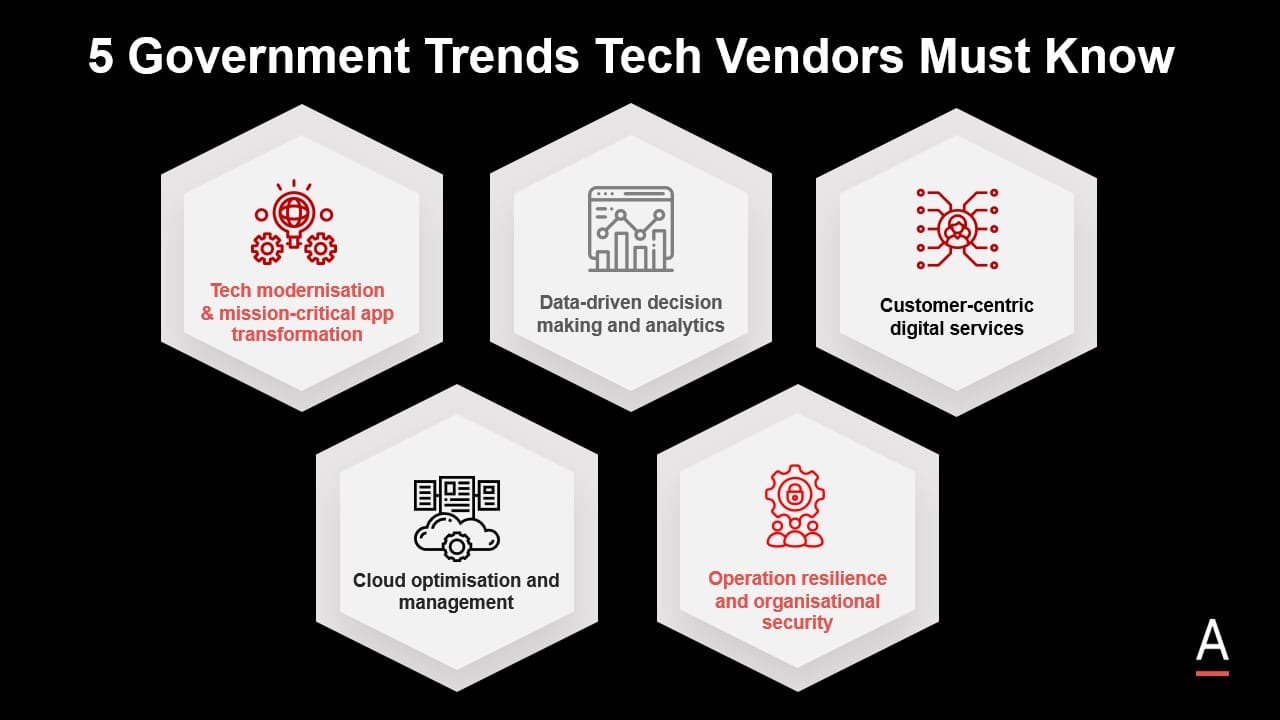
Modernisation, security, and digital services are reshaping government. Vendors must address data gaps, legacy systems, and cloud costs with practical, scalable tools.
The Australian government sector is undergoing rapid digital transformation, balancing the need for modernisation with regulatory compliance and cost efficiency.
Government CIOs are prioritising mission-critical application upgrades, data-driven governance, and digital service delivery to meet evolving citizen expectations.
Over 99% of government service interactions are now digital, with mobile-first and omni-channel strategies gaining traction.
However, legacy systems and cost constraints remain major hurdles, requiring incremental modernisation strategies and cloud cost optimisation.
Security concerns are also at the forefront, with investment in cyber resilience, threat detection, and compliance monitoring growing.
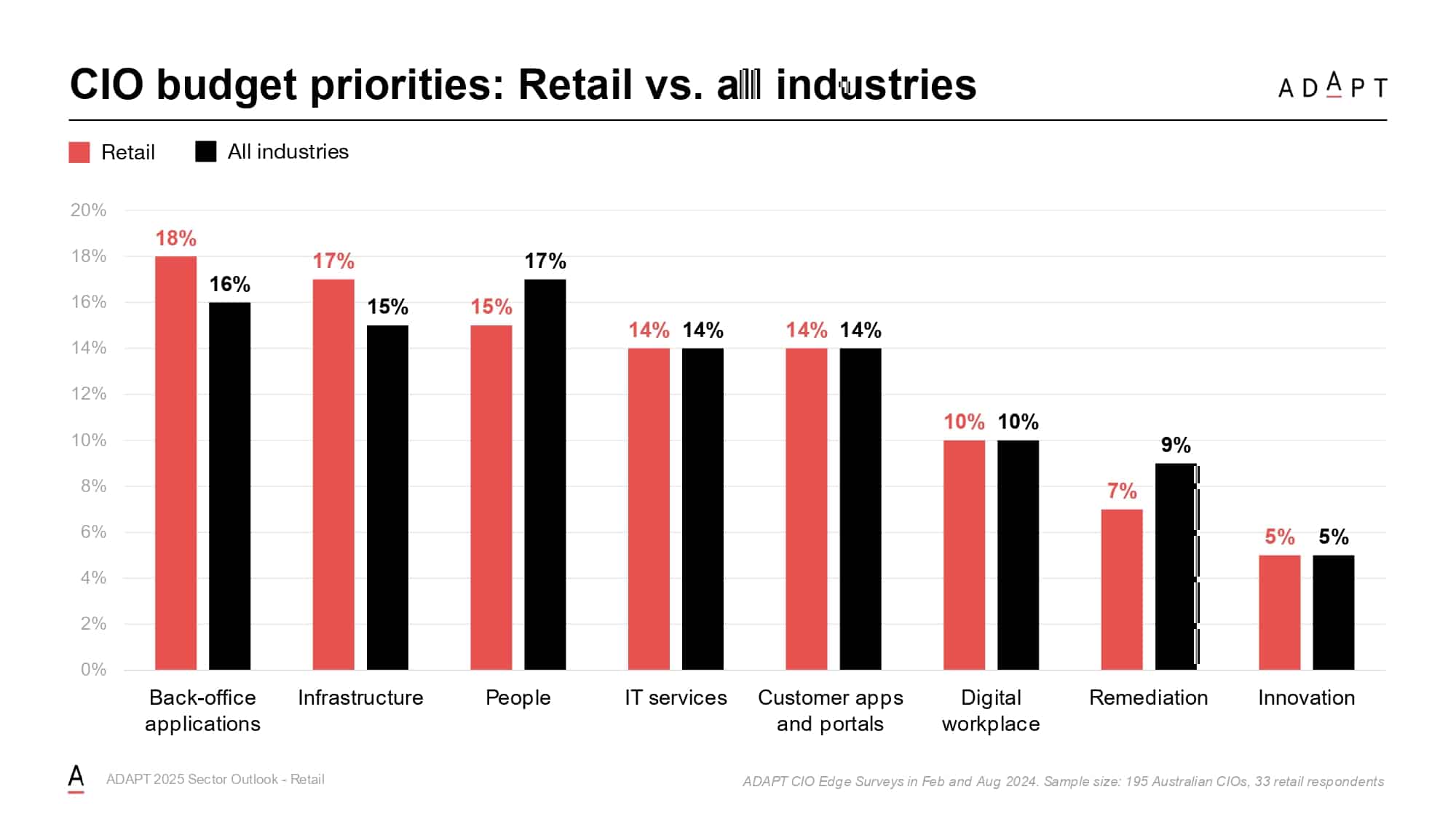
Additionally, 96% of citizens express concerns about data privacy and security, emphasising the need for robust protection measures to build trust in digital government services.
To help technology vendors align with the evolving needs of government agencies, ADAPT identifies five key trends shaping the future of public sector technology strategies.
Trend 1: Tech modernisation and mission-critical app transformation
Government agencies are modernising legacy systems to reduce risk, meet regulations, and improve citizen trust.
ADAPT’s CIO Survey 2024 highlights this as the top CIO priority, with a focus on mission-critical workloads.
Efforts target essential public services like healthcare, emergency response, and social services.
Peter Alexander, CTO at the Department of Defence, highlights simplification as a critical enabler of modernisation within large, complex organisations.

He argues that reducing silos and streamlining systems is essential not only for internal efficiency but also for supporting cross-agency collaboration and interoperability
The goal is to build a digital foundation for emerging technologies and better service delivery.
Andrew Matuszczak, Chief Transformation and Information Officer at Commonwealth Superannuation Corporation, affirms this by cautioning against superficial front-end enhancements that ignore core infrastructure.

His approach to aligning leadership and strategy with foundational system reform is a blueprint for meaningful digital transformation.
Meanwhile, Helen Robson, Head of the Technology Infrastructure Branch at the Australian Bureau of Statistics, offers a real-world example through the ABS’s cloud-first strategy, which includes migrating core programs like the Data Integration Program to more scalable and collaborative environments.
Recommended actions for technology vendors
- Design modular, secure modernisation solutions that support phased upgrades and seamless legacy-to-cloud integration.
- Develop specialised tools for migration, automated testing, and validation tailored to government systems.
- Build trusted partnerships by deepening public sector expertise, offering local support, and providing reference architectures.
Trend 2: Data-driven decision making and analytics
Government CIOs are prioritising data-driven strategies to improve policy development, resource allocation, and service delivery.
By adopting predictive analytics and unified data platforms, agencies can personalise services and proactively address citizen needs.
Cross-agency collaboration and standardised governance frameworks enable secure, compliant data sharing.
Dr Ian Oppermann, NSW Chief Data Scientist, also highlighted the critical shortage of data scientists in the public sector and outlined a talent development initiative with the University of Technology Sydney to address the gap.

He stresses the need for strong data governance frameworks that align usage with intended outcomes and protect privacy.
He further advocates for dynamic data governance supported by automation tools, paired with human oversight, to manage data quality at scale.
Dr Opperman also calls for greater recognition of data as a strategic asset in public sector decision-making.
Similarly, Jon Blackburn, CFO at the Sydney Opera House, notes that data and digital tools are central to aligning operational decisions with strategic goals.

By combining data-driven insights with a circular economic model, the Opera House balances cultural priorities with financial sustainability—offering a strong example of how analytics can drive resilient public outcomes.
This enhances operational efficiency while maintaining public trust and meeting privacy obligations.
Matthew Schultz, Chief Digital Officer at Ipswich City Council, supports this focus by outlining how foundational data infrastructure, IoT sensors, and cloud platforms have enabled real-time insights and improved city services—all while upholding transparency and public trust.

Peter O’Donoghue, Chief Information Officer at South East Water, similarly highlights the power of data in infrastructure planning and customer experience, using real-time water usage data and analytics to drive smarter, more sustainable service delivery.

Recommended actions for technology vendors
- Develop compliant analytics platforms with predictive modelling and tailored visualisation for public sector needs.
- Build secure, real-time data integration tools that support standardisation and cross-agency sharing.
- Provide training, governance frameworks, and ready-to-use templates to strengthen government data capabilities.
- Enable data-driven decision making by aligning solutions with policy, service delivery, and regulatory priorities.
Trend 3: Customer-centric digital services
Public sector tech budgets are increasingly being directed toward customer-facing applications, with a strong emphasis on improving service accessibility over pursuing innovation.
This includes investments in digital platforms like health apps, licensing systems, and mobile-first services to meet rising citizen expectations.
Agencies are working to unify fragmented services into streamlined, centralised platforms that simplify access.
In line with this shift, there’s a growing push to integrate digital identities and credentials to create more unified, citizen-controlled experiences.
This approach, championed by leaders like former NSW Minister for Customer Service Victor Dominello, also calls for more agile and responsive government platforms to keep pace with technological change and rebuild public trust.
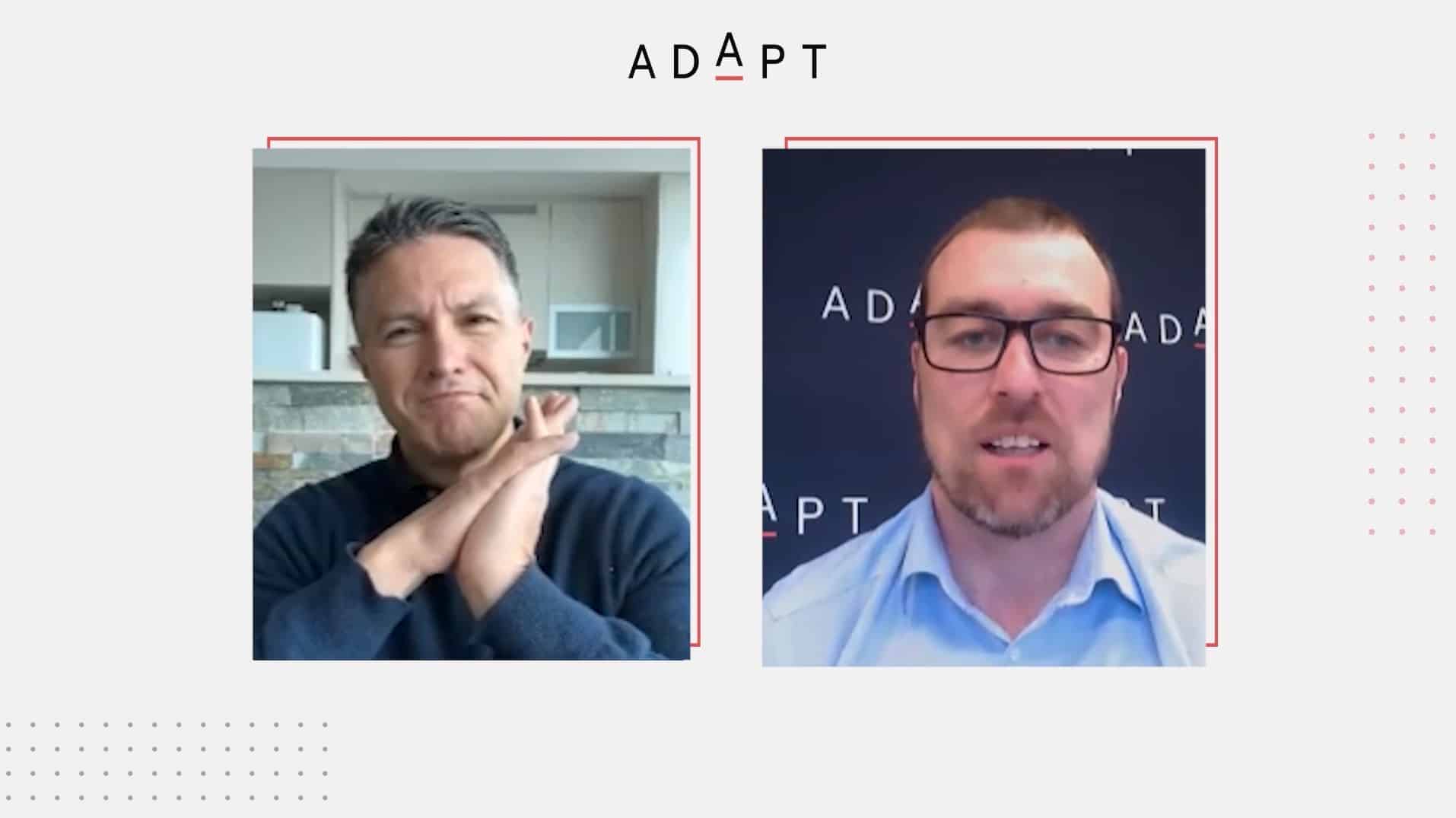
Despite budget and regulatory constraints, application modernisation and integration remain top priorities.
These efforts aim to deliver secure, 24/7 access to essential services while enhancing the overall citizen experience.
Andrew Matuszczak, CTIO at Commonwealth Superannuation Corporation, anticipates this evolution in government service delivery, noting that technology leaders must now focus on strategic value and seamless citizen experiences by integrating existing tools instead of reinventing them.
Recommended actions for technology vendors
- Design accessible, mobile-optimised digital platforms tailored to government standards and citizen needs.
- Build integration tools and APIs that unify services and support seamless authentication across departments.
- Develop multi-channel delivery and feedback systems to enhance citizen engagement and experience.
- Offer service design expertise, including user research, government-specific templates, and accessibility compliance tools.
Trend 4: Cloud cost optimisation and management
Cloud cost optimisation is a major priority as government agencies work to balance digital transformation with fiscal discipline.
ADAPT’s survey shows strong focus on operational efficiency, with initiatives centred on better resource utilisation, cost control frameworks, and extracting maximum value from cloud investments.
As cloud adoption increases, public sector organisations are developing robust strategies to ensure spending aligns with accountability and compliance requirements.
Australian Digital Delivery Alliance Spokesperson and Coordinator and ADAPT Executive Advisor David Heacock highlights procurement inefficiencies as a key driver of government IT cost overruns, citing rigid funding models and vendor monopolies.

He advocates for a product-based funding approach that enables smaller consultancies to deliver targeted, cost-effective solutions with greater flexibility.
Simon Geraghty, Executive Director of Government Technology Platforms, supports this focus through NSW’s Cloud Strategy, which promotes a public cloud-first model and hybrid cloud ecosystem to enhance service delivery and optimise cost-efficiency across agencies.
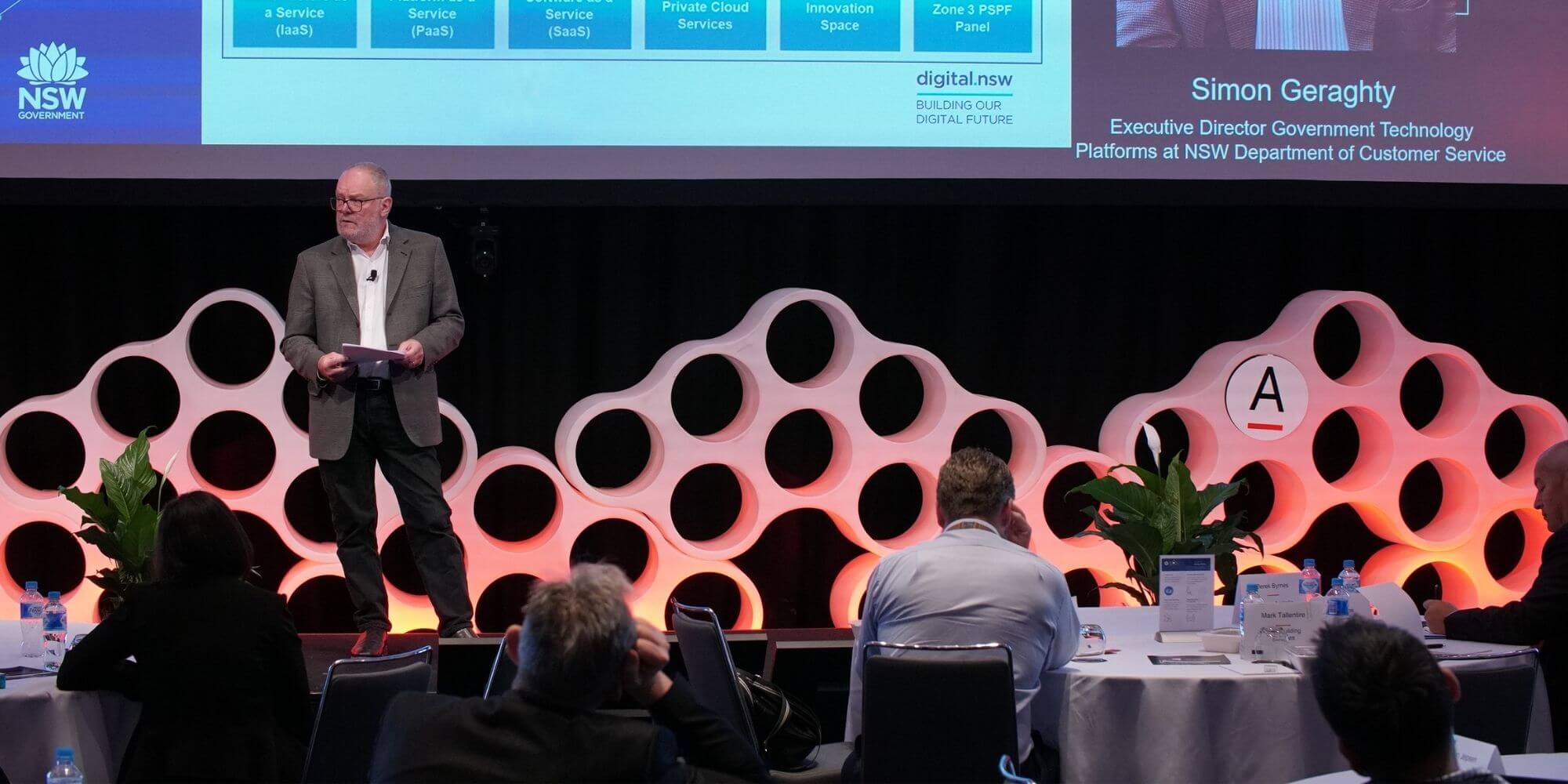
Compared to other sectors, their approach is more cautious and efficiency-driven, reflecting the unique challenges of managing modern infrastructure under tight budget constraints.
Recommended actions for technology vendors
- Build secure, government-certified cloud solutions with integrated disaster recovery and business continuity.
- Develop compliance monitoring and reporting tools to support regulatory requirements.
- Offer automated management, performance monitoring, and optimisation capabilities to maximise cloud efficiency.
- Enable smart resource scheduling and scaling to align usage with operational needs and cost goals.
Trend 5: Operational resilience and organisational security
Operational resilience and cyber security have emerged as top priorities across the public sector, with a strong focus on building secure and trusted organisations.
This reflects the unique responsibility of government agencies to safeguard critical infrastructure and sensitive citizen data.
Budgets are being channelled into both preventive measures—such as cyber security frameworks and skills development—and recovery capabilities like business continuity and disaster recovery solutions.
As threats grow more sophisticated, maintaining service availability while defending against disruption has become essential.
Agencies are taking a holistic approach, balancing risk mitigation with rapid response preparedness.
Damon Rees, ADAPT Executive Advisor and former CEO of Service NSW, doubles down on this shift, advocating for services to be structured around citizen needs rather than internal agency boundaries.

He also supports continuous, product-based funding to allow government platforms to evolve more responsively over time.
The trend highlights a sustained commitment to secure, uninterrupted delivery of vital public services in the face of an evolving threat landscape.
In a panel discussion at Security Edge, Anafrid Bennet, Head of Technology, Security and Property at Greater Western Water, reinforces this trend by advocating for diverse cyber talent, regular security drills, and the use of AI and blockchain to enable machine-speed threat detection and threat intelligence sharing across sectors.
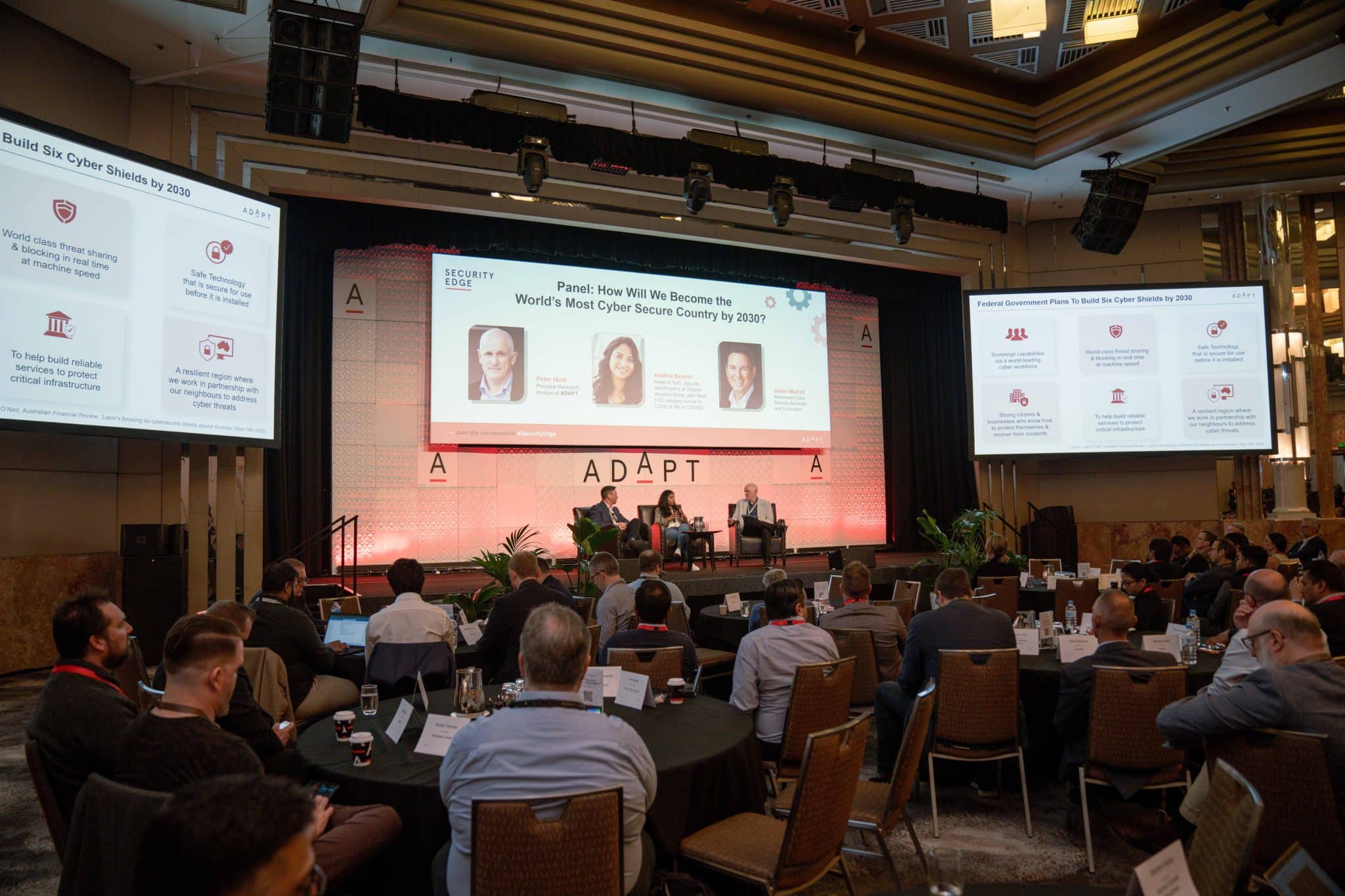
Recommended actions for technology vendors
- Develop advanced threat detection, incident response, and identity management solutions tailored to government needs.
- Create risk assessment, compliance monitoring, and audit tools to support proactive security and regulatory alignment.
- Provide disaster recovery and business continuity capabilities that ensure service resilience under pressure.
- Enable real-time visibility and control through government-grade monitoring and response platforms.
Government agencies are refining their technology strategies to improve efficiency, security, and service delivery under tight budget constraints.
Investments are focused on modernising critical systems, integrating data-driven decision-making, and optimising cloud resources while maintaining operational resilience.
Emerging shifts, such as predictive analytics, unified service platforms, and quantum-resistant security, will require new approaches to technology implementation and risk management.
For technology vendors, the priority is to develop targeted, compliant, and scalable solutions that address these specific challenges.
As agencies work to streamline operations and strengthen security, solutions that enhance interoperability, automation, and governance will be essential in the next phase of digital transformation.
For deeper insights and data-backed strategies, access the full ADAPT 2025 Sector Outlook: Government Insights for Technology Vendors.




